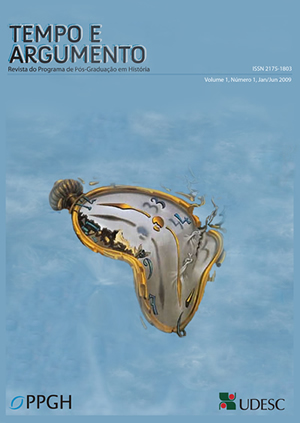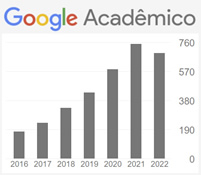For a political history of populations
Abstract
During the first decades following World War II, population history was dominated by the model of “historical demography” designed by Louis Henry at INED, and taken over by Fernand Braudel and the Annales school. But in the 1980s, the Henry model was called into question by deconstructionist approaches derived from Michel Foucault, and by critics against objectivism. At the same time, history of statistics discovered the ambiguous ideological roots of demography (pronatalism, eugenics, biopolitical thought). To pick up again, the discipline introduced new methods (micro-history) and new issues (institutions). As a result, nowadays, historical demography is more and more replaced by a social and political population history. It focuses on how institutions, policies and knowledge devoted to populations construct each other in an interactive, simultaneous process. Condorcet, who was fought against by Malthus; Achille Guillard, who coined the word "demography”, and of course the durkheimian sociologist Maurice Halbwachs, have formalised the "social" dimension of population. Contrary to current sociobiological temptations, the deep, organic tie between population and social protection raises the fundamental issue of how society endlessly shapes itself.
Downloads
Downloads
Published
How to Cite
Issue
Section
License
Copyright (c) 2009 Tempo e Argumento

This work is licensed under a Creative Commons Attribution-NonCommercial 4.0 International License.
The articles published by the magazine are for free use, destined for educational purposes and not commercial. The copyrights are all granted to the magazine. The articles whose authors are identified represent the expressed opinion of its authors and not the official position of the Tempo e Argumento magazine or of the Postgraduate Program in History of the Universidade do Estado de Santa Catarina.




